In this Education video tutorial you will learn how to do a yeast experiment to see how much C02 it produces with different types of food. Yeast is a fungus and it has to eat. After it eats, it produces CO2 gas. The bubbles in bread are produced by the CO2 gas from the yeast. Take five different types of food items and measure out the same quantity for each item. In the video it is 8gms of cookie, oil, flour, salt and sugar. Take six glasses of water and mix one packet of yeast in each glass. Take six zipped plastic bags, pour in the water with yeast and add the five food items in to separate bags. One bag contains only yeast, which is the control. After about an hour, you will see that the control has no gas. Oil and salt also have no gas. Flour bag has very little gas. Cookie bag has more gas. But, the most gas is produced in the bag containing sugar. So, yeast like sugar the most.
Just updated your iPhone? You'll find new emoji, enhanced security, podcast transcripts, Apple Cash virtual numbers, and other useful features. There are even new additions hidden within Safari. Find out what's new and changed on your iPhone with the iOS 17.4 update.
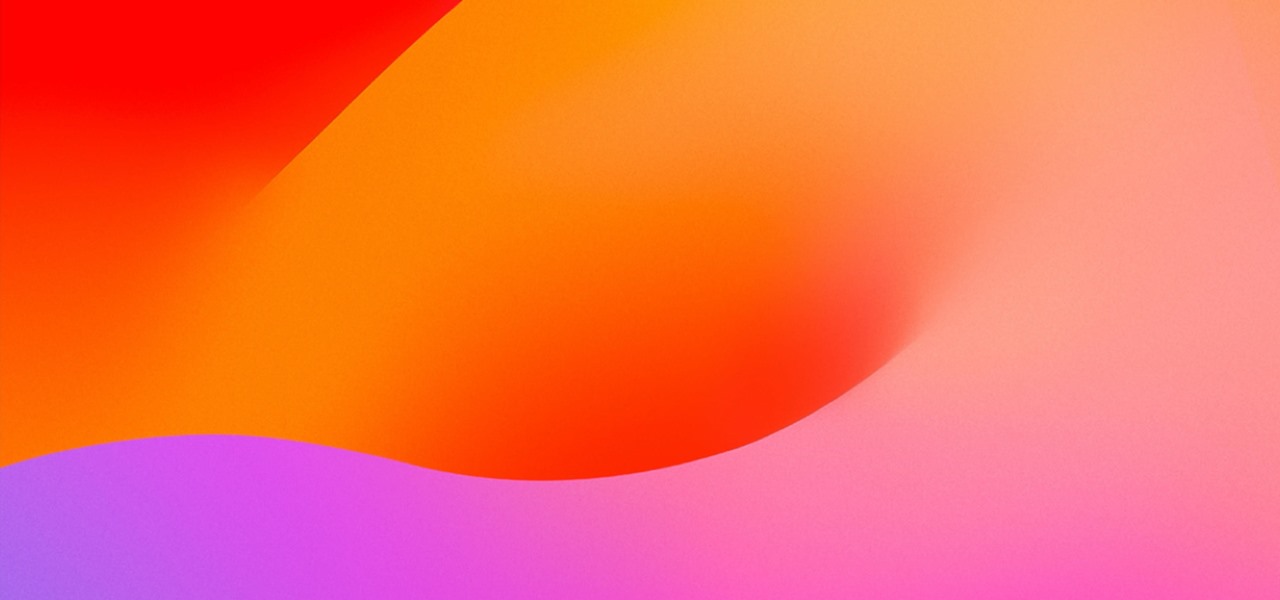
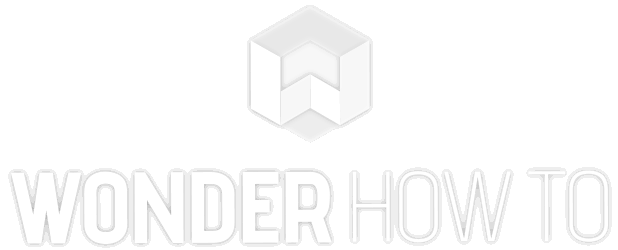

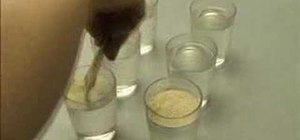
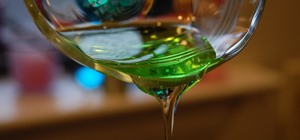
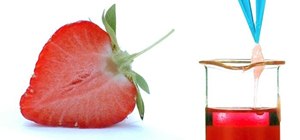
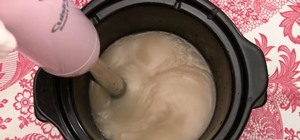
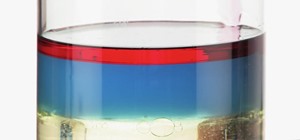
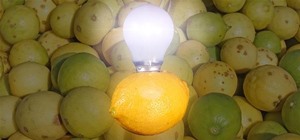
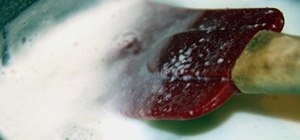
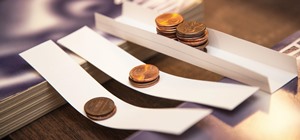
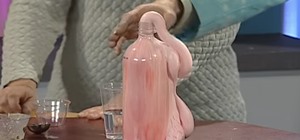
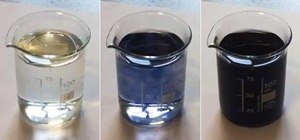
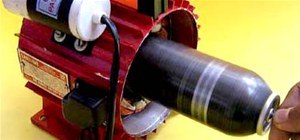
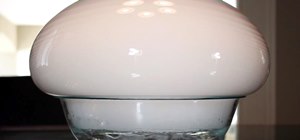
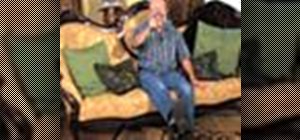
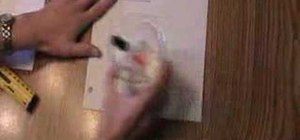
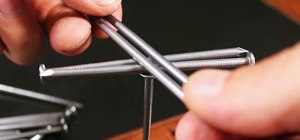

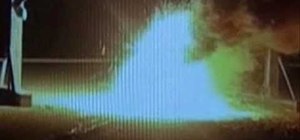

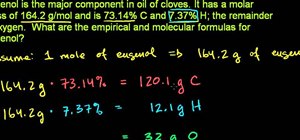
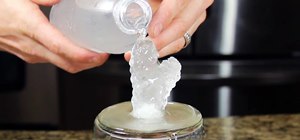
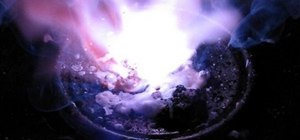
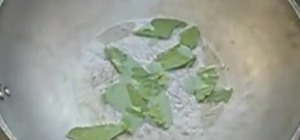
Be the First to Comment
Share Your Thoughts